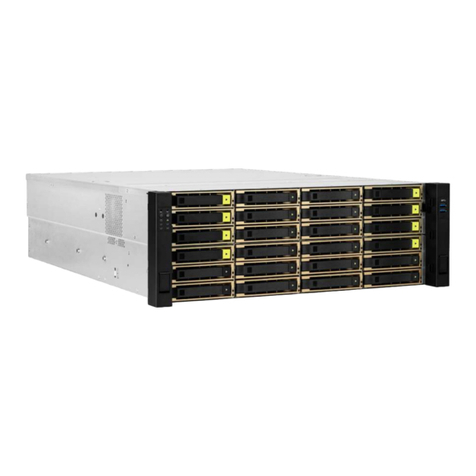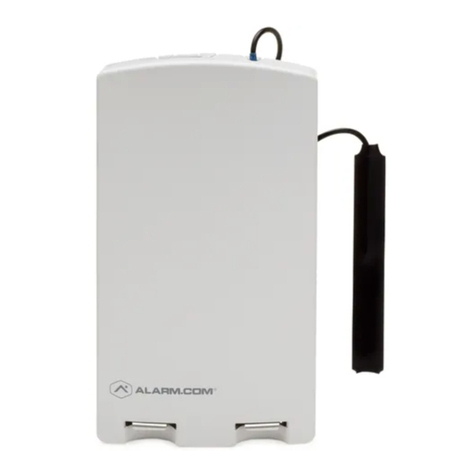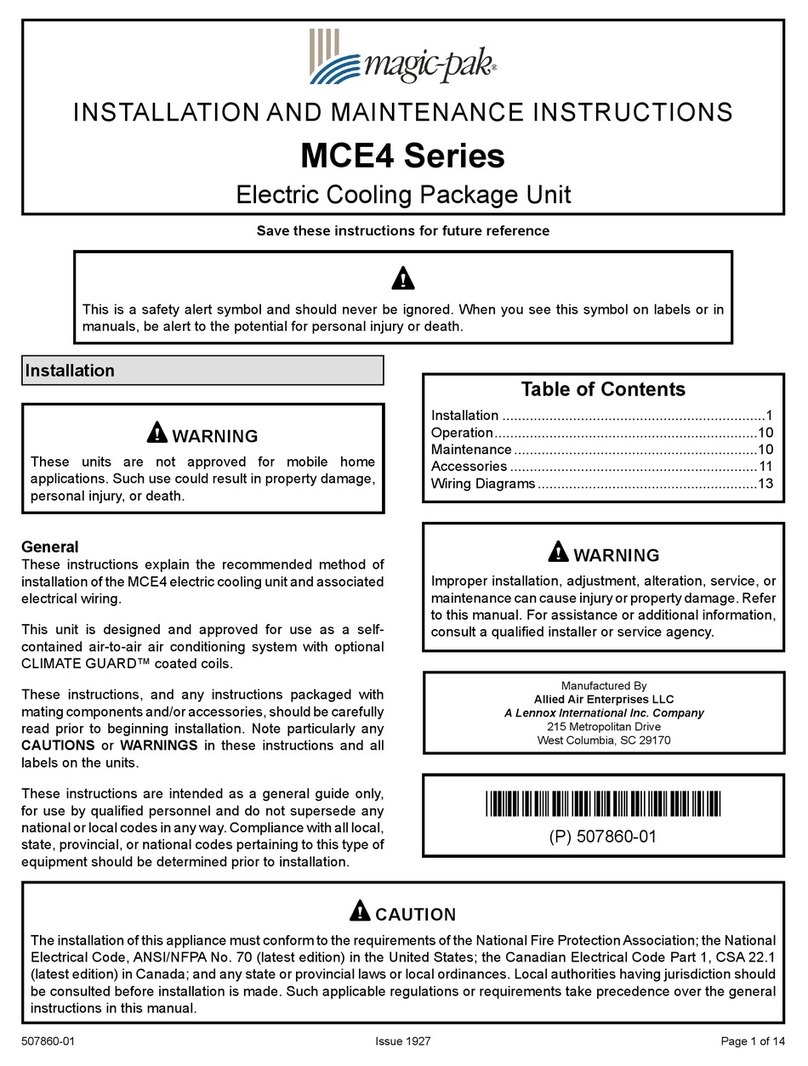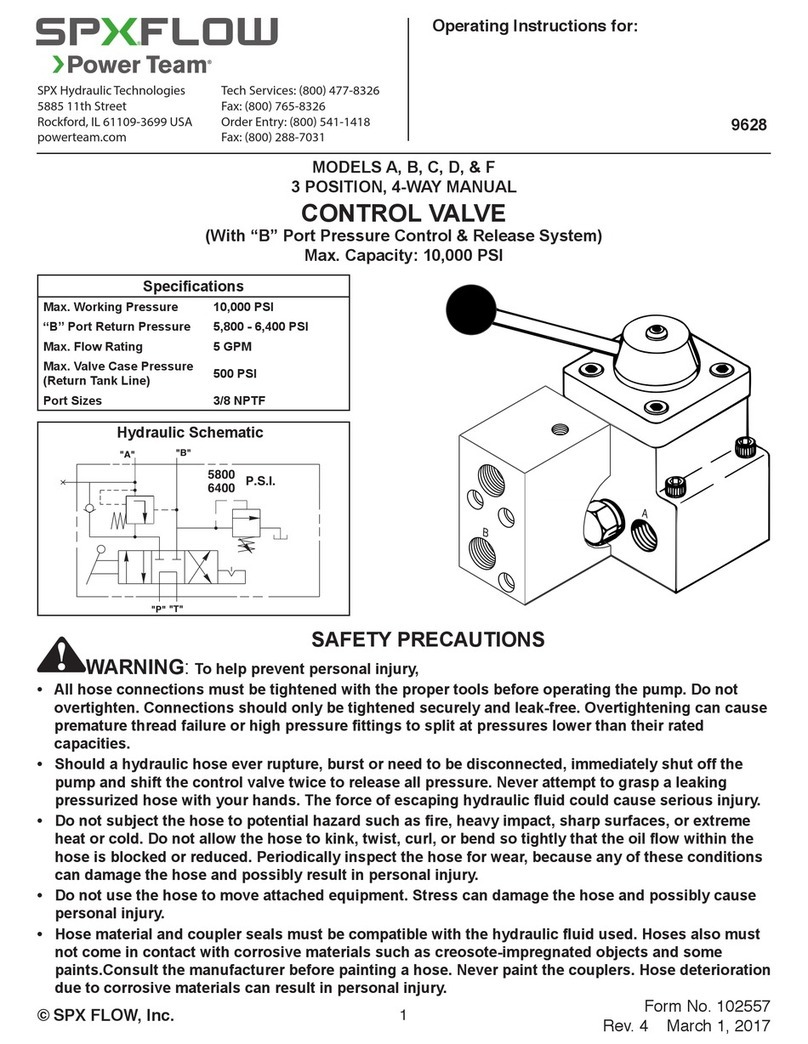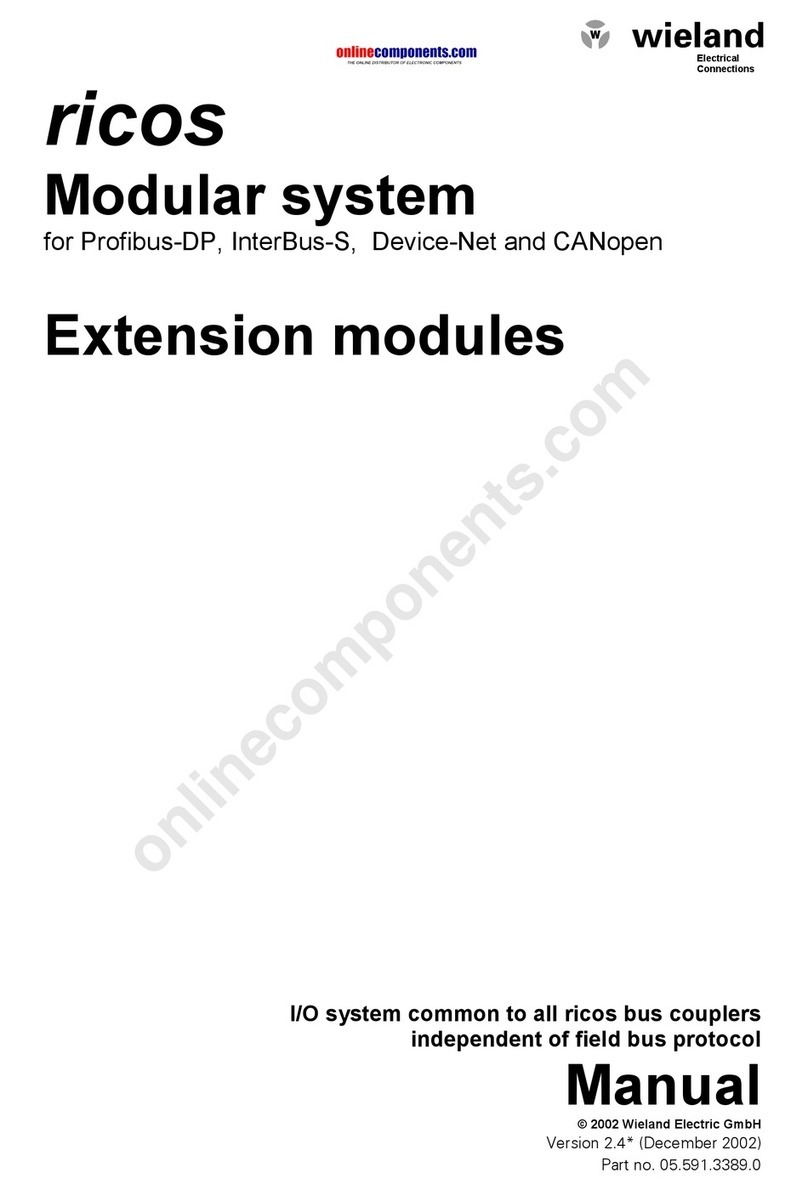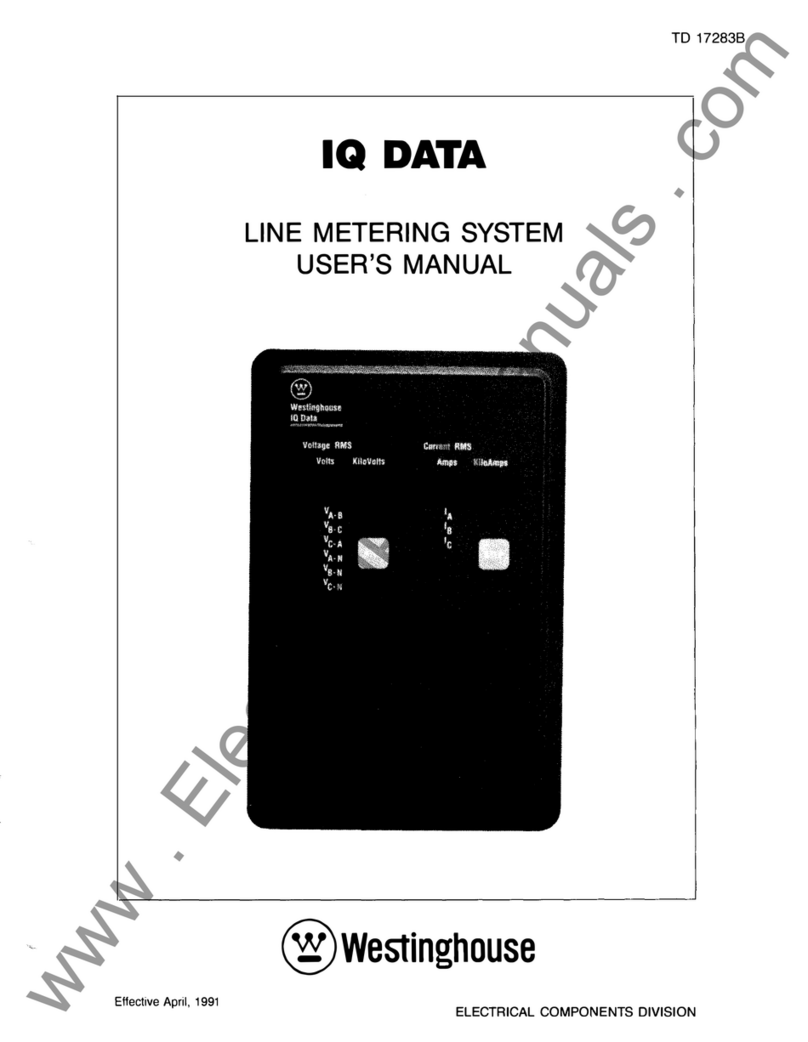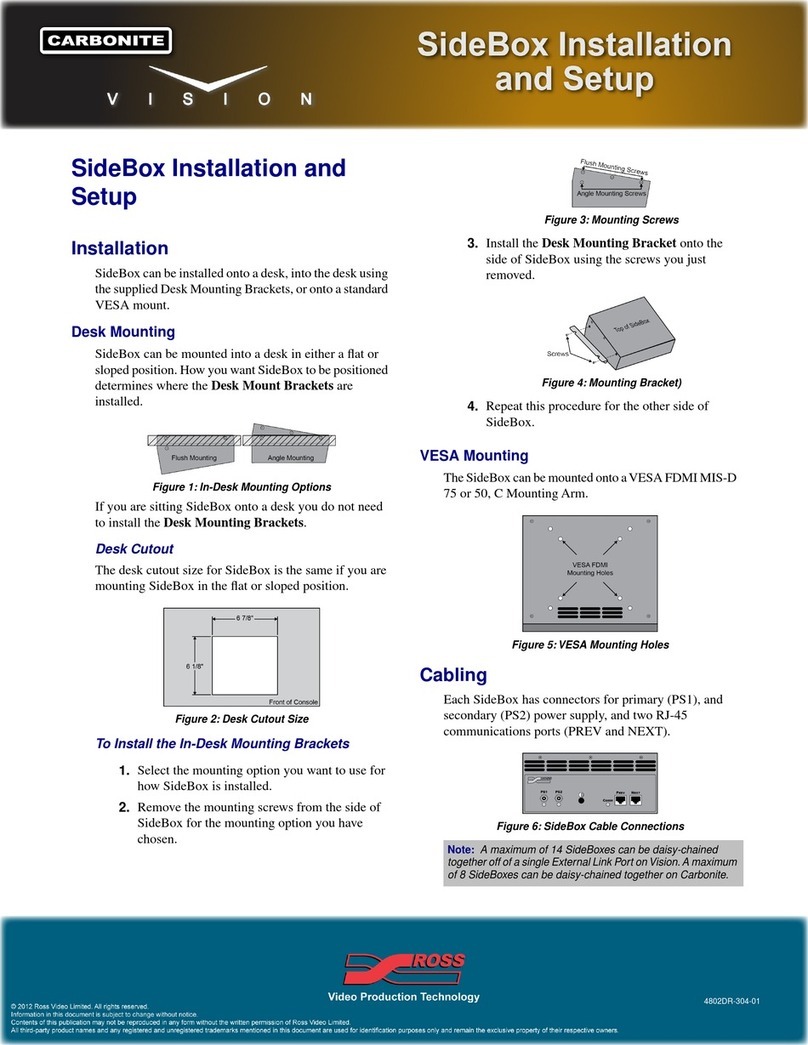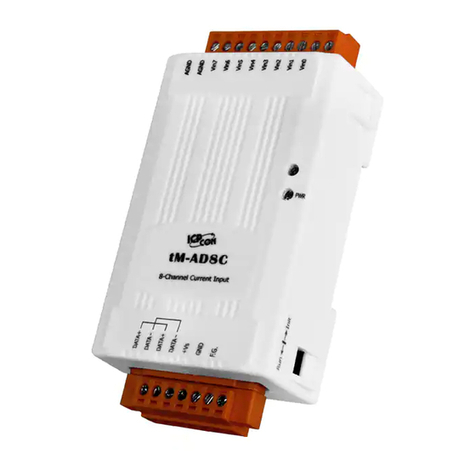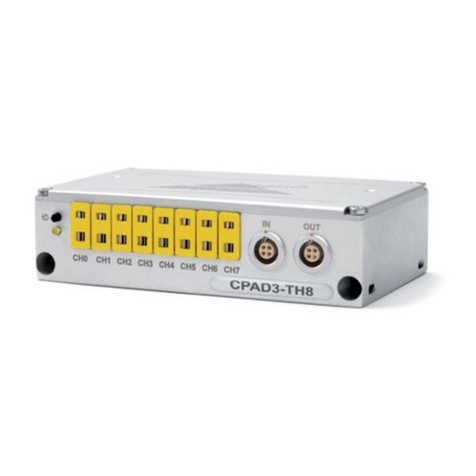Inficon IO1000 Quick guide

Type designation
Product description
TRANSLATION OF THE ORIGINAL
OPERATING INSTRUCTIONS
Catalog no.
from software
version
Document no.
560-310
I/O module 1.11
jiqc10en1-c (1408)
IO1000
I/O module

2
This document applies to the software version stated on the cover page. Documents
for other software versions are available from our sales department.
Reprint, translation and duplication need to be approved in writing by
INFICON GmbH.

Content 3
Content
1 About this manual . . . . . . . . . . . . . . . . . . . . . . . . . . . . . . 4
1.1 Target groups . . . . . . . . . . . . . . . . . . . . . . . . . . . . . . . . . . . . . . . . . . . . 4
1.2 Other applicable documents . . . . . . . . . . . . . . . . . . . . . . . . . . . . . . . . . 4
1.3 Presentation of information . . . . . . . . . . . . . . . . . . . . . . . . . . . . . . . . . . 4
1.3.1 Warnings . . . . . . . . . . . . . . . . . . . . . . . . . . . . . . . . . . . . . . . . . 4
1.3.2 Text markings . . . . . . . . . . . . . . . . . . . . . . . . . . . . . . . . . . . . . 5
2 Safety . . . . . . . . . . . . . . . . . . . . . . . . . . . . . . . . . . . . . . . . . 6
2.1 Intended use . . . . . . . . . . . . . . . . . . . . . . . . . . . . . . . . . . . . . . . . . . . . . 6
2.2 Owner requirements . . . . . . . . . . . . . . . . . . . . . . . . . . . . . . . . . . . . . . . 6
2.3 Operator requirements . . . . . . . . . . . . . . . . . . . . . . . . . . . . . . . . . . . . . 6
3 Shipment, transport, storage . . . . . . . . . . . . . . . . . . . . . 7
4 Description . . . . . . . . . . . . . . . . . . . . . . . . . . . . . . . . . . . . 8
4.1 Construction of the I/O module . . . . . . . . . . . . . . . . . . . . . . . . . . . . . . . 8
4.2 Function . . . . . . . . . . . . . . . . . . . . . . . . . . . . . . . . . . . . . . . . . . . . . . . 14
4.3 Technical data . . . . . . . . . . . . . . . . . . . . . . . . . . . . . . . . . . . . . . . . . . 14
4.3.1 Mechanical data . . . . . . . . . . . . . . . . . . . . . . . . . . . . . . . . . . 14
4.3.2 Electrical data . . . . . . . . . . . . . . . . . . . . . . . . . . . . . . . . . . . . 14
4.3.3 Ambient conditions . . . . . . . . . . . . . . . . . . . . . . . . . . . . . . . . 14
5 Installation and removal . . . . . . . . . . . . . . . . . . . . . . . . 15
5.1 Mount I/O module on DIN-TS35 top hat rail . . . . . . . . . . . . . . . . . . . . 15
5.1.1 Establish connections . . . . . . . . . . . . . . . . . . . . . . . . . . . . . . 15
5.2 Remove the I/O module from the DIN-TS35 top hat rail . . . . . . . . . . . 16
6 Disposal . . . . . . . . . . . . . . . . . . . . . . . . . . . . . . . . . . . . . 17

4About this manual
1 About this manual
1.1 Target groups
This installation manual is intended for the owner and for technically qualified
personnel with experience in leak detection technology and integration of leak
detection devices in leak detection systems. In addition, the installation and use of
the unit require knowledge of electronic interfaces.
1.2 Other applicable documents
1.3 Presentation of information
1.3.1 Warnings
– Operating instructions of the connected leak detector
– Interface protocols LDS3000, document no. jira54
– Interface protocols HLD6000, document no. kira43
Imminent threat of danger resulting in death or severe injuries
Dangerous situation potentially resulting in death or severe injuries
Dangerous situation resulting in minor injuries
Dangerous situation resulting in damage to property or the environment

About this manual 5
1.3.2 Text markings
Marking Meaning
Requirement for execution of an action
Tool or aid for an action
►Instruction
1, 2, 3, ... Several instructions in a fixed order
Result of an action

6Safety
2Safety
2.1 Intended use
The I/O module is a device interface between a leak detector and an external
controller.
►Install, operate and service the unit only in compliance with these instructions.
►Comply with the limits of application (see chapter 4.3, page 14).
2.2 Owner requirements
Safety conscious operation
►Operate and install the unit only if it is in perfect working order and as intended,
in a safety-conscious manner and fully aware of dangers, in compliance with
these instructions.
►Fulfill and ensure compliance with the following regulations:
– Intended use
– Generally applicable safety and accident prevention regulations
– International, national and local standards and guidelines
– Additional provisions and regulations that are specific to the unit
►Use only original parts or parts approved by the manufacturer.
►Keep this manual available at the operating site.
Personnel qualifications
►All work must be performed only by technical specialists who have been trained
on the unit.
►Allow personnel in training to work with the unit only under the supervision of
technical specialists.
►Make sure that the authorized personnel have read and understood these
instructions and all other applicable documents (see chapter 1.2, page 4),
especially the information on safety, maintenance and repairs, before starting
work.
►Define responsibilities, authorizations and supervision of personnel.
2.3 Operator requirements
►Read, observe and follow the information in these instructions and the working
instructions created by the owner, especially the safety instructions and warnings.
►Perform all work based on the complete instructions.

Shipment, transport, storage 7
3 Shipment, transport, storage
Scope of delivery
►Please check the scope of delivery of the product for completeness after receipt.
Transport
Storage ►Always store the unit in compliance with the technical data, see chapter 4.3,
page 14.
Article Quantity
I/O module 1
Operating instructions 1
Damage due to unsuitable packaging material
Transport in unsuitable packaging material can damage the unit.
►Transport the unit only in the original packaging material.
►Keep original packaging material.

8Description
4 Description
4.1 Construction of the I/O module
PLC IN a
Digital inputs
Galvanic isolation (max. 60 V DC, 25 V VAC against GND)
Max. permissible input voltage: U = 35 V
Active signal: U = 13 ... 35 V (typically 24 V), I = approx. 7 mA
Inactive signal: U < 7 V (typically 0 V), I = 0 mA
Pin assignment: The input pins PLC-IN 1 to PLC-IN 10 can be configured freely, see
the following example.
Fig. 1 Front view
aPLC IN, digital inputs
bRS232
cStatus LED
dANALOG OUT, analog outputs
ePLC OUT, digital outputs
fDIP switch cover and fuse
gLD, connection of leak detector
hANALOG IN, analog inputs
iRS485
j24 V OUT, 24 volt output
a
b
c
d
e
f
g
h
j
i
24 V
OUT
RS485 ANALOG
IN
PLC IN
LD RS232 STATUS
S1 FUSE
ANALOG
OUT
S2 PLC OUT
IO1000

Description 9
PLC OUT e
Digital outputs
Galvanic isolation (max. 60 V DC, 25 V VAC against GND)
Max. permissible load per output: U = 30 V, I = 0.75 A
Fuses for digital outputs 1 ... 4 and 5 ... 8: 2 x 0.75 A
Pin assignment: The output pins PLC_OUT_1 to PLC_OUT_8 can be configured
freely, see the following example.
Fig. 2 Sample wiring, digital inputs with PLC. Left: Driver outputs. Right: Potential-free contacts
PLC-IN PLC-IN
1 Dyn CAL / Normal Cal 1 Dyn CAL / Normal Cal
2 SNIFF / VAC 2 SNIFF / VAC
3 STOP
4 ZERO
5 EXT.CAL
6 INT.CAL
7 CLEAR
8
9
10
11 PLC-IN-GND
3 STOP
4 ZERO
5 EXT.CAL
6 INT.CAL
7 CLEAR
8
9
10
11 PLC-IN-GND
24 V-OUT
+
_
0 V
24 V
0–24V
PLC/
SPS
PLC/
SPS

10 Description
ANALOG IN h
Analog input (input voltage range 0 V to 10.8 V)
Pin assignment:
ANALOG OUT d
Analog outputs (e.g. for logging leakage rate and backing pressure)
Galvanic isolation (max. 60 V DC, 25 V VAC against GND)
Fig. 3 Sample wiring, digital outputs
1 24V supply (output)
2 GND to 24V supply
3 Analog input (0 V to 10.8 V)
4 GND to analog input
Voltage range 0...10V
Precision ±15 mV offset, additional ±1% from measurement (current
output voltage) as linearity error (at 25 °C)
Resolution typ. 2.5 mV
Load >10kΩ
PLC_OUT_8
PLC_OUT_7
PLC_OUT_6
PLC_OUT_5
PLC_OUT_4
PLC_OUT_3
PLC_OUT_2
PLC_OUT_1
PLC_OUT_COM
F 0.75 A
8
7
6
5
4
3
2
1
9
F 0.75 A
Trigger 1, inverted
Trigger 2, inverted
Trigger 3, inverted
Trigger 4, inverted
Ready
Error, inverted
CAL request, inverted
Open, inverted

Description 11
Pin assignment:
The output pins can be freely configured.
RS232 b
Connection for RS-232
Galvanic isolation (max. 60 V DC, 25 V VAC against GND)
Pin assignment:
A normal RS-232 cable must be used for the connection (1:1 connection, RxD and
TxD not crossed, no zero-modem cable).
►Deactivate RS-232 hardware handshake in RS-232 control program.
If the hardware handshake cannot be deactivated, the RS-232 can be used as
follows:
1 Analog output 1: ANALOG-OUT 1
2 Analog output 2: ANALOG-OUT 2
3 GND to analog output
Pin Name
2TxD
3RxD
5GND
Fig. 4 Connection with RS-232 cable (in case hardware handshake cannot be
deactivated)

12 Description
RS485 i
Connection for RS-485
A: Active bus terminator
B: Without bus terminator
C: Passive bus terminator
Galvanic isolation (max. 60 V DC, 25 V VAC against GND)
Pin assignment:
The bus terminator integrated in the I/O module (120 Ω) between D+ and D can be
disabled via DIP switches S2-4. The BUS address is 1. BUS operation with more
than two subscribers is not possible.
STATUS-LED c
Fig. 5 RS-485 bus terminator
1
2
3
4
5562 Ω
120 Ω
562 Ω
DIP S2-4
RS485
D+
D-
+5 V
0 V
I/O-Modul
A
1
2
3
4
5562 Ω
120 Ω
562 Ω
DIP S2-4
RS485
D+
D-
+5 V
0 V
I/O-Modul
B
1
2
3
4
5562 Ω
120 Ω
562 Ω
DIP S2-4
RS485
D+
D-
+5 V
0 V
I/O-Modul
C
Pin Name
1 Connect pull-up resistor (562 Ωagainst +5 V) with D+ if necessary
2D+
3D-
4 Connect pull-down (562 Ωagainst GND) with D- if necessary
5COM
Color Status Meaning
Red illuminates Unit not functional or defective
Red flashes Not ready for operation, communication to leak
detector is not available
Cyan illuminates Ready for operation; communication to leak
detector available
Green Flashes quickly Boot loader active, ready for software update
Green Flashes slowly Data reception on RS232
Yellow Flashes slowly Data reception on RS485
– off No operating voltage

Description 13
FUSE and DIP switch S1, S2 f
Fuses for digital outputs and DIP switches (under the cover)
Fuses for digital outputs 1 ... 4 and 5 ... 8:
2 x 0.75 A (Schurter: 7010.9800.xx)
1 = ON, 0 = OFF
1 = ON, 0 = OFF, + = switching from OFF to ON during operation,
X = random
Connection LD g
Connection for the data cable to the leak detector
24V OUT j
24V output
Pin assignment:
The I/O module is supplied with voltage by the leak detector and requires no
separate power supply. The 24V output is not used for voltage supply to the
I/O module.
The 24V output of the I/O module can be used as an active signal for the PLC inputs
and outputs.
DIP switch S1 LDS3000 HLD6000 Contact
4321
Factory setting (default value of the interface
protocol by the leak detector or control unit) 0000
ASCII protocol 0010
LD protocol 0011
Binary protocol 0101
LDS1000 protocol 0110
Normal protocol 0001
Simple protocol 0100
DIP switch S2 Contact
4321
Activate boot mode for software update X + 0 0
Disable bus terminator 120 ΩforRS-485 1X00
Pin Name
++24V
-GND

14 Description
4.2 Function
The I/O module is a device interface between the leak detector and an external
controller. The I/O module is equipped with
The actual function is determined by the software of the connected leak detector.
4.3 Technical data
4.3.1 Mechanical data
4.3.2 Electrical data
4.3.3 Ambient conditions
– one RS-232 connection – one RS-485 connection
– one analog input – ten digital inputs
– two analog outputs – eight digital outputs
Dimensions (W x H x D) 107.6 mm x 89.7 mm x 76.6 mm
Weight 300 g
Supply voltage 24 V DC
Permissible ambient temperature (during
operation)
10 °C ... 45 °C
Permissible storage temperature -20 °C ... 60 °C
Max. relative humidity up to 31 °C 80%
Max. relative humidity from 31 °C to 40 °C decreasing linearly from
80% to 50%
Max. relative humidity above 40 °C 50%
Protection class IP 20
Pollution degree II
Max. altitude above sea level 2000 m

Installation and removal 15
5 Installation and removal
5.1 Mount I/O module on DIN-TS35 top hat rail
1Hook unit on top hat rail at bottom.
2Press unit onto top hat rail at top.
5.1.1 Establish connections
Connecting I/O module with leak detector
The I/O module communicates via data cable with the leak detector and is supplied
with voltage by the data cable.
1Connect I/O module (connection “LD”) via data cable with leak detector
(connection “I/O Anybus”).
2Connect I/O module via desired interfaces with external controller:
– RS232 (RS-232 interface)
– RS485 (RS-485 interface)
– Analog in (analog inputs)
– Analog out (analog outputs)
– PLC IN, digital inputs
– PLC OUT, digital outputs
Fig. 6 Mounting of I/O module

16 Installation and removal
5.2 Remove the I/O module from the DIN-TS35 top hat rail
1Use the flat-tip screwdriver to pull out the locking device.
2Pull the device off of the top hat rail.
Fig. 7 Removing the I/O module

Disposal 17
6 Disposal
The unit can be disposed of by the owner or sent to INFICON.
The unit is made of materials that can be reused. You should use this option to avoid
waste and save the environment.
►For disposal, always comply with local and regional environmental and safety
regulations.

INFICON GmbH, Bonner Strasse 498, D-50968 Cologne, Germany
UNITED STATES TAIWAN JAPAN KOREA SINGAPORE GERMANY FRANCE UNITED KINGDOM HONG KONG
Visit our website for contact information and other sales offices worldwide. www.inficon.com
Document: jiqc10en1-c (1408)
Other manuals for IO1000
3
Table of contents
Other Inficon Control Unit manuals
Popular Control Unit manuals by other brands
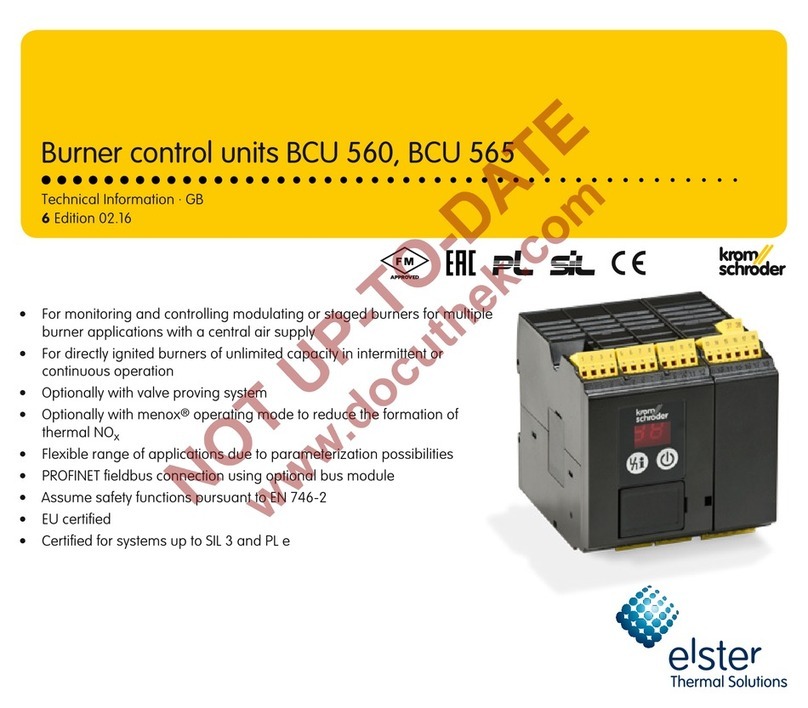
Krom Schroder
Krom Schroder BCU 560 technical information
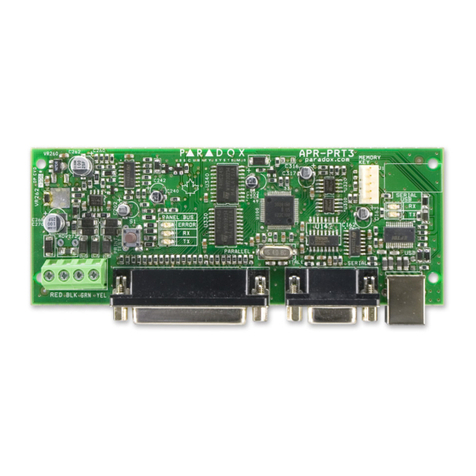
Paradox
Paradox Digiplex EVO PRT3 Programming instructions
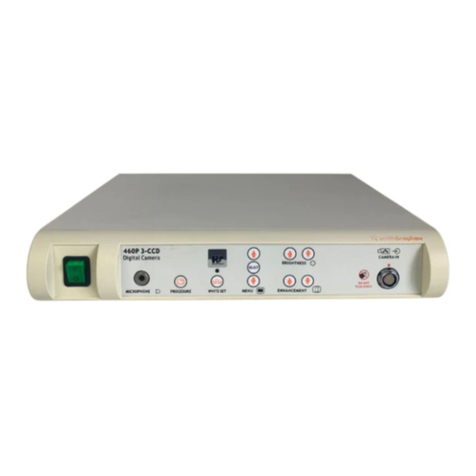
Smith & Nephew
Smith & Nephew 450P Operation & service manual

BIG TREE TECH
BIG TREE TECH MINI UPS V2.0 user manual
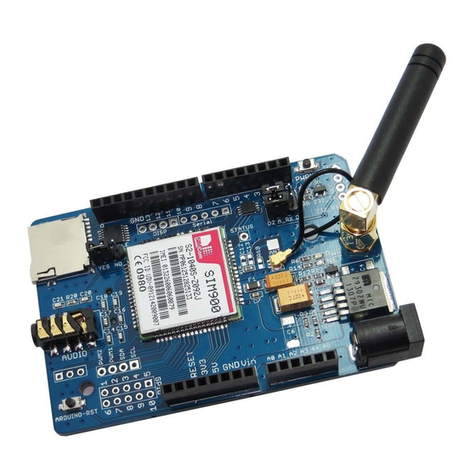
SimCom
SimCom SIM900B EVB Hardware design
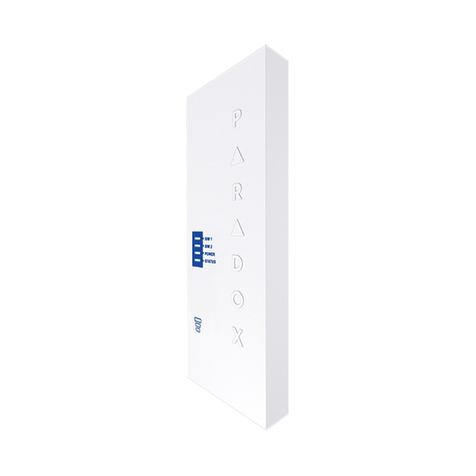
Paradox
Paradox PCS265 LTE Installation and programming guide

